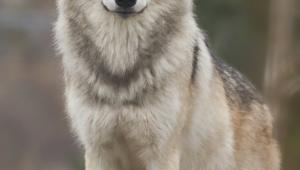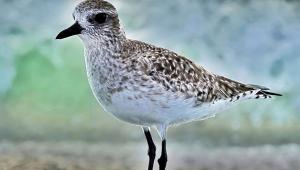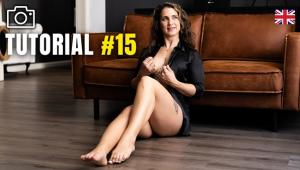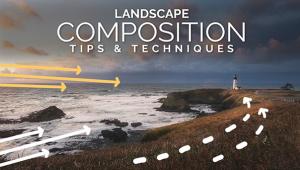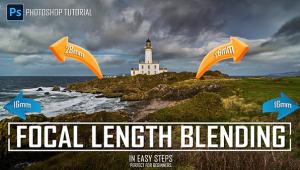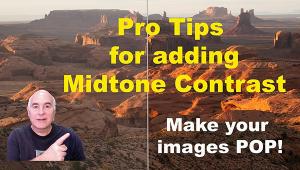Scene modes do not always fit the situation.
Briefly comment on the metering method that has worked best for you.
- Log in or register to post comments

As a macro photographer, I mainly rely on aperture priority mode to get my shots with the proper depth of field, as I'm working with slow film anyways on a tripod so shutter speed really isn't that much of an issue except when it comes to wind. Then a faster speed is desireable.

When I first purchased my Penatx ZX-L 3 years ago, I thought it would be nice to have the pre-programmed modes for snap shots or other instances where I could just point and shoot. While I found them convenient to have, I found myself using apearture/shutter priority modes more often because I like to be in control of the camera setting and the picture outcomes. At times when I check the exposure of a pre-programmed setting, I found that it was not always near the exposure setting that I would have chosen on my own. The one pre-programmed solution I used most often (when I did use it) was the standard, GREEN mode. What I really like about the ZX-L is the ability to select an aperature setting via the camera, while retaining the lens setting on "A."

My main problem with scene modes is that they are too restrictive -- and in the case of the Canon EOS 10D, they also can force other settings (e.g. ISO) to values I don't like. In an ideal situation, I use manual mode, and use both the built-in and an external meter. In many cases, however, time pressures result in the use of the aperture or shutter-priority modes.

My main use camera is a Canon Elan IIIe (eye control) I have used the scene mode once: I was at Dover England and wanted to catch the chanel crossing hovercraft in stop motion. I used the sports mode to get the highest shutter speed with a 80-300 mm zoom lens. The day was overcast and the scene mode worked well--the hovercraft propellers and water spray were caught. I was using iso100 Fuji film as most of southern England is green.

I wish I could find a really good new camera with out all of these program modes on them. I have the Mamiya 645 AFD. love it but it is always on manual, had to pay more for something that is never used to get what I like about the camera. I never use them, I don't trust them. Being able to control it on you own is what makes you a good photographer I think.

I never use scene modes. My camera offers the chance to alter the Scene Mode settings to store your own, quickly-accessible custom camera settings. I can set up 5 different combinations to cover a variety of situations. This is more useful for my purposes.

I take many cloud photos and have found by trial and error that manual exposure with spot metering mode gives the most consistent results. I normally spot meter on a bright part of the cloud and then bias the exposure by about +2 stops.

I have about 50 cameras, from 1917 on. I shout about 99.9% black and white with a spot meter. To me,digital is way to expensive, and when the magazines compare the quality of digital with film, they always mean 35mm which was one of the smallest film sizes ever made! To me a well exposed negative is a work of art by itself. One time I did buy a digital camera because i thought of selling a few things on ebay. Well, for 2 years it just sat there because I couldn't get my computer to recognize it! But my old kodak 116 worked fine.
